
ITTAH YODA At the Edge of Dreams - À l’Orée des Songes
27.04 - 31.05.2023
From April 27th to May 31st, the gallery is pleased to present the first solo exhibition of Ittah Yoda, a young artist duo formed by Virgile Ittah and Kai Yoda who joined the gallery in January 2022. This exhibition will present a new body of work exploring the idea of a "symbiocene" where the human, the natural and the digital would live harmoniously. Alongside their exhibition, the gallery is pleased to invite French artist Josèfa Njtam to take over the cabinets.
Taking an interest in Ittah Yoda’s work first means failing to understand it. The absence of clear narration, replaced by an insistence on methodology, as well as the self-engendering of all their projects can confuse the viewer who tries to approach their work with the same mechanisms that prevail in the art world today. While Ittah Yoda may use some of the recognisable codes of contemporary art, what they create is something else entirely. It doesn't say anything. Their work isn’t really a content, a discourse. It says nothing, but reflects instead on the conditions of appearance of enunciation1 . Their practice revolves around a few fundamental syntactic principles : namely, co-creation, scientific anchoring, self-generation and rhizomic relationships between all their works, the use of natural materials that are increasingly linked to their exhibition sites, and references to an ancient rather than current collective history; which they use to reframe the fundamental question of being-in-common. And more precisely, ask what are the conditions of appearance of a new political reflection (in the actual sense of le politique2) ?
To It all began with a big bang. The duo imagined one original sculptural form, which they have been endlessly rearranging and constantly feeding with external information so as to give birth to all subsequent works, like many generations in an evolutionary system. A second notable event was the discovery of the symbiotic relationship that unites phytoplankton and zooplankton, which they studied with the biologists of the Institute of the Sea in Villefranche-sur-Mer. The discovery of this relationship provided a structure to the duo’s practice: this big bang would become that of an ecosystem with a symbiotic identity. The Symbiocene would become the philosophical stance of each project and collaboration, the prefiguration of a postAnthropocene world governed by mutually beneficial, harmonious, and sustainable relationships between all beings, both living and digital.
Under the aegis of the Symbiocene as a concept, the artists have thus developed a methodology that is as much at work in their creative process as in the works themselves. This structure of thought is further intended to be inhabited by those who populate it. It aims to bring about an ecosystem in perpetual mutation, an ideal polis made of a multitude of medium-species in permanent contact with one another. It implements human/living/digital relationships based on symbiosis and can further be applied to many other topics pertaining to the being-in-common; namely, coexisting with all other living organisms, transhumanism, cohabitation with individuals from different gender identities, geographical origins, or socio-economic backgrounds. Such an act of inhabiting through meaning fully achieves their work with a final, fundamental layer of co-creation. Let’s follow the thread of their methodology.
If the duo’s practice is an ecosystem, then the digital interface (virtual re ality, artificial intelligence, 3D manipulation) is the gestation process shared by all the beings of this world and gives birth to all forms further embodied in paintings, sculptures, or installations. For À l’Orée des Songes (At the Edge of Dreams), they premiere a new VR world that follows two already existing ones and evokes both the deep sea and a galactic landscape. It has the particularity of having been developed in collaboration with an artificial intelligence, which the duo has been cultivating.
The new paintings and sculptures on display result from the process of symbiosis thought of as a method for imagination. Drawn from virtual reality, the images in the paintings are like photographs of this symbiotic landscape in gestation. They incorporate hybrid forms derived from 3D reconstructions of multi-dimensional images of zooplankton, which are then lithographed – in close collaboration with Michael Woolworth – on canvases prepared with pigments. The latter derive from rocks quarried by the artists themselves in the United States, as well as Provence and Vassivière in France. One last layer is applied to the paintings, using oil sticks and spray paint.
The sculptures Echo and Alan have both a brass structure supporting a wooden element, one of which holds vials filled with phytoplankton liquid. The wooden sculpture Alan comes from an oak trunk that the duo collected on the island of Vassivière, and which was further carved by a CNC machine. Its form is a hybrid, the result of a co-creation between the artificial intelligence that I ttah Yoda is developing and the artists themselves. Throughout the show, works echo one another: some of the paintings recall the sculptural shapes, while the brass structure Alan is a manipulation of a pre-existing form.
These different stages – which involve several human and non-human agents, as well as several types of materials – establish a sedimentation within the works, and re-enact natural processes normally played out on a geological scale. Such superimpositions, not only of materials but also of authorship, continue to outline the methodological structure we are interested in. First, they remind us that all beings are the result of multiple influences and different environmental factors. They further postulate that objects – in speculative realism terms, every element that constitutes our world, from a strand of hair to a pixel or a stone, and therefore a work of art – retain the memory of what has structurally constructed them, which makes them significant outside of our interpretation. Finally, they demonstrate that the symbiotic relationship human/living/digital is not only a relational utopia, but also has the capacity to be embodied within autonomous objects, and thus to pave the way for actual worldbuilding.
The methodology that emerges throughout Ittah Yoda's show is a philosophy of mutation and decentring. It seeks to give autonomy, or presence, both to the source materials of the works (phytoplankton, virtual reality, minerals) and to the works themselves, by recognising their radical otherness. It further directs our attention to the immaterial relationships that weave our world and establish a continuity between all things, even if this logic sometimes escapes human rationalisation.
Finally, it proposes that we reconsider our relationship to the world by getting out of the cannibalistic logic induced by centuries of political and economic history, and radically ask ourselves how our existence can be put at the service of the other, whether living or not, yet remain beneficial to us as individuals.
À l’Orée des Songes (At the Edge of Dreams) benefits from a vast network of supporters and partners. It was coproduced with theCIAPV (Centre International d'Art et du Paysage de l'Île de Vassivière), where Ittah Yoda will open a large exhibition on the 10th of June, which was conceived as an extension of this gallery show. It has also received the financial support of the Cap (Centre National des Arts Plastiques). It has also received the financial support of the CNAP. The new works were produced with the help of the CNC, the SCAM, the French Institute, the FACE Foundation, and the Cultural Services of the French Embassy in the United States. The exhibition also benefits from the kind participation of Nicoletti Contemporary for the presentation of Josèfa Ntjam's work.
Special thanks for the VR designe to Marta Stražičić and for the sound design to Nick Zhu / bod [包家巷] .
1 These various syntactic terms borrow from the structuralist and semiological approach, applying to images the tools of language analysis.
2 The French language makes a difference between le politique (that which pertains to the essence of politics and the organization of our societies in a theoretical and critical sense) and la politique (that has more to do with the day-to-day of political representation and policy making).

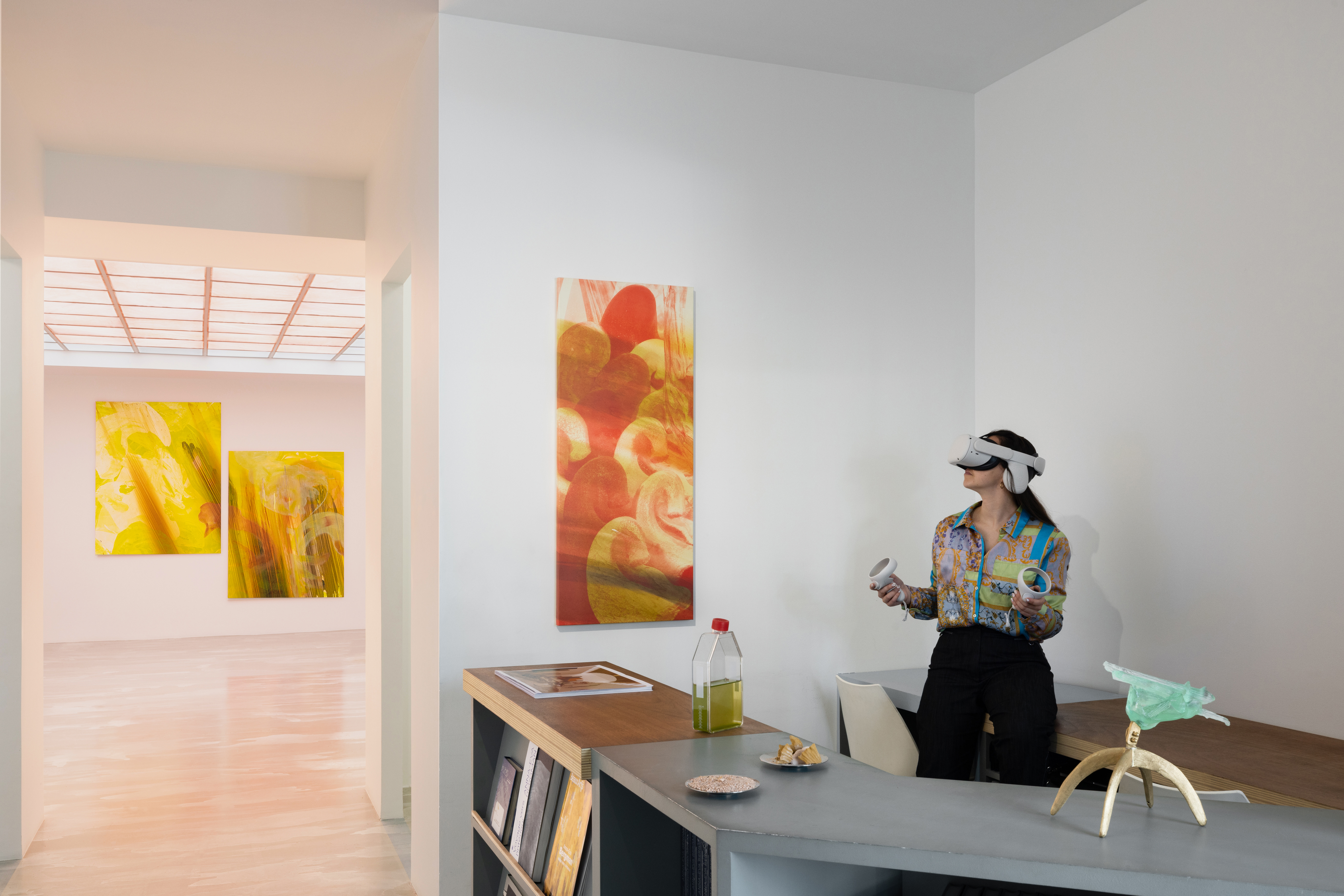
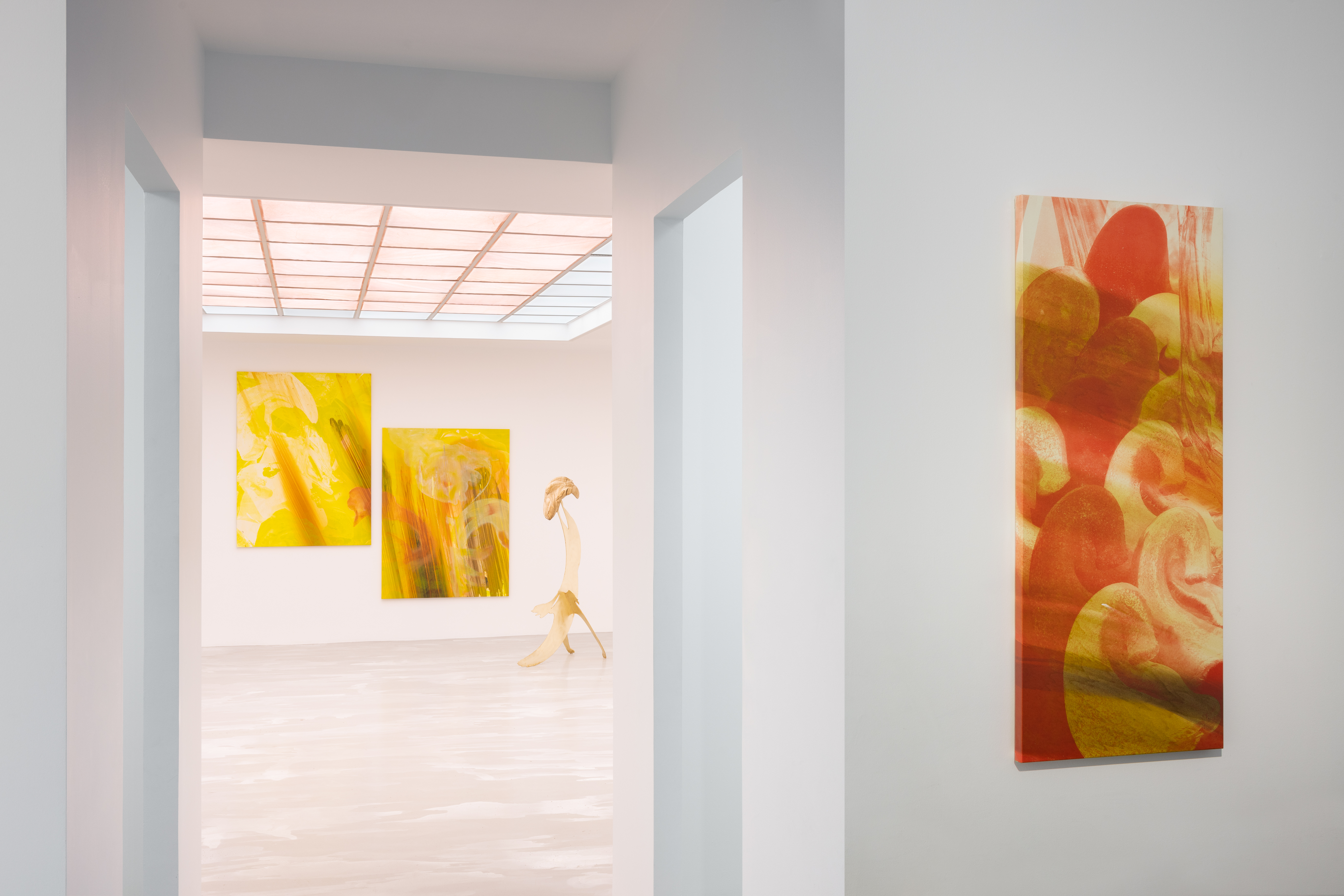



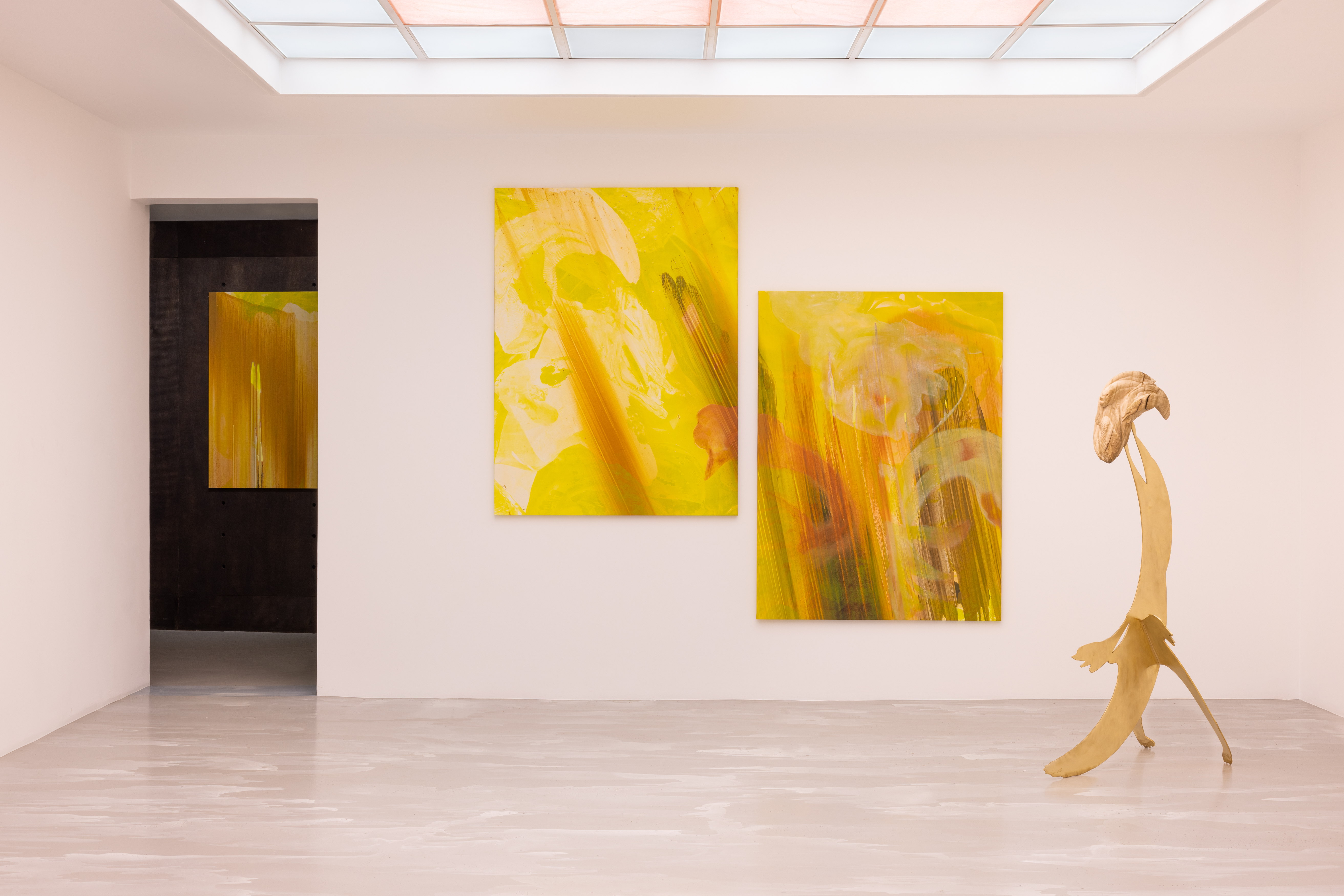


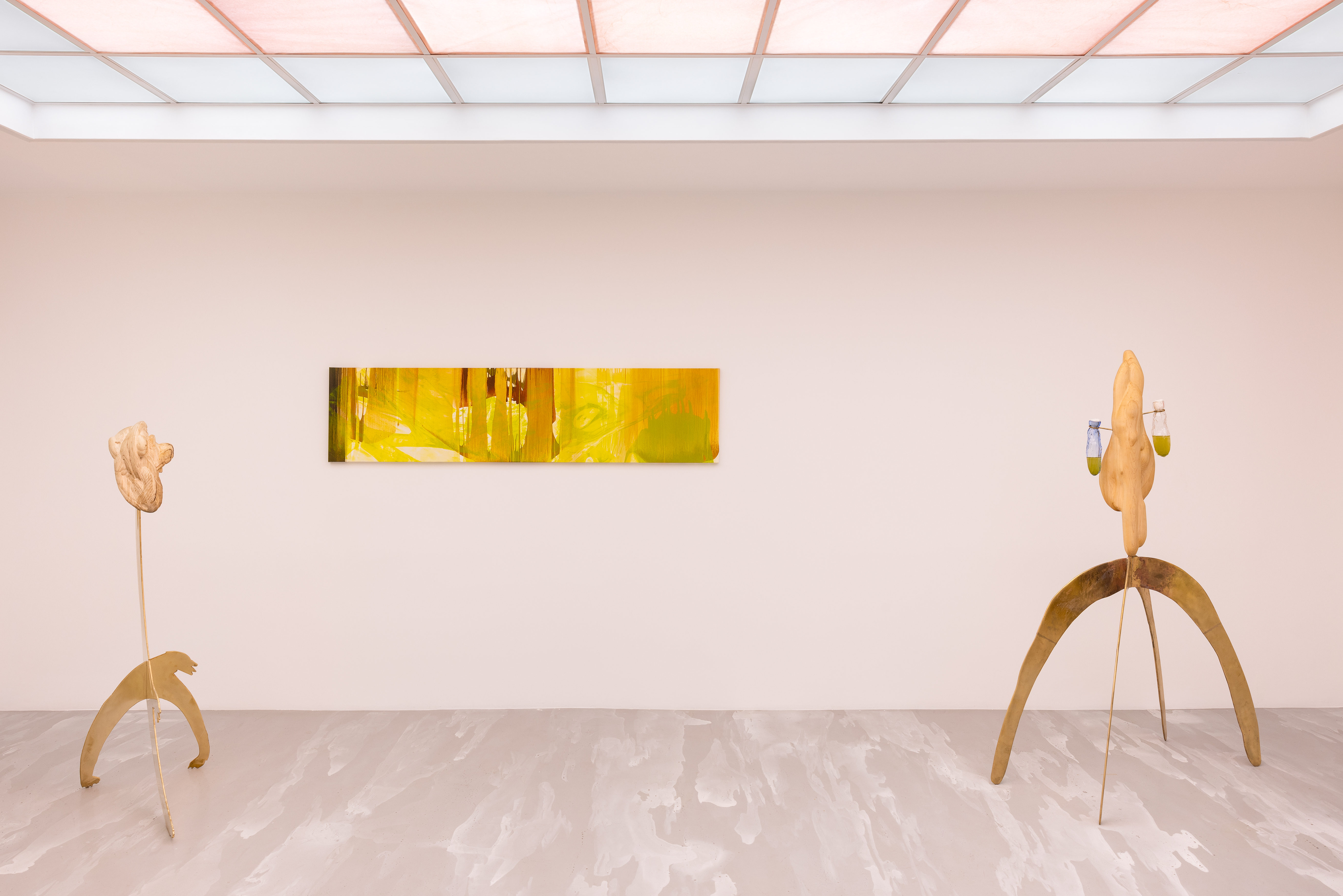













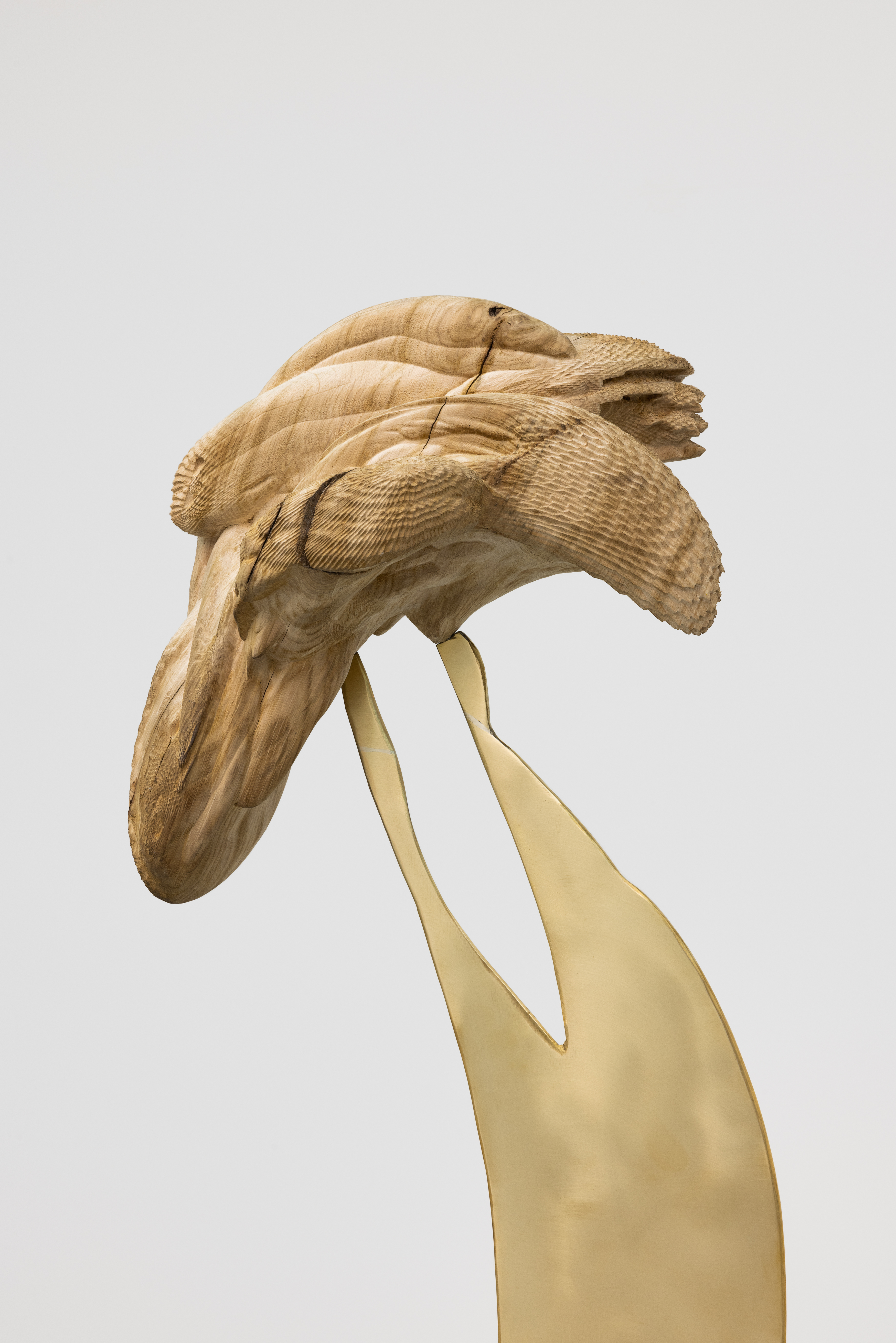


Photography by Andrea Rossetti